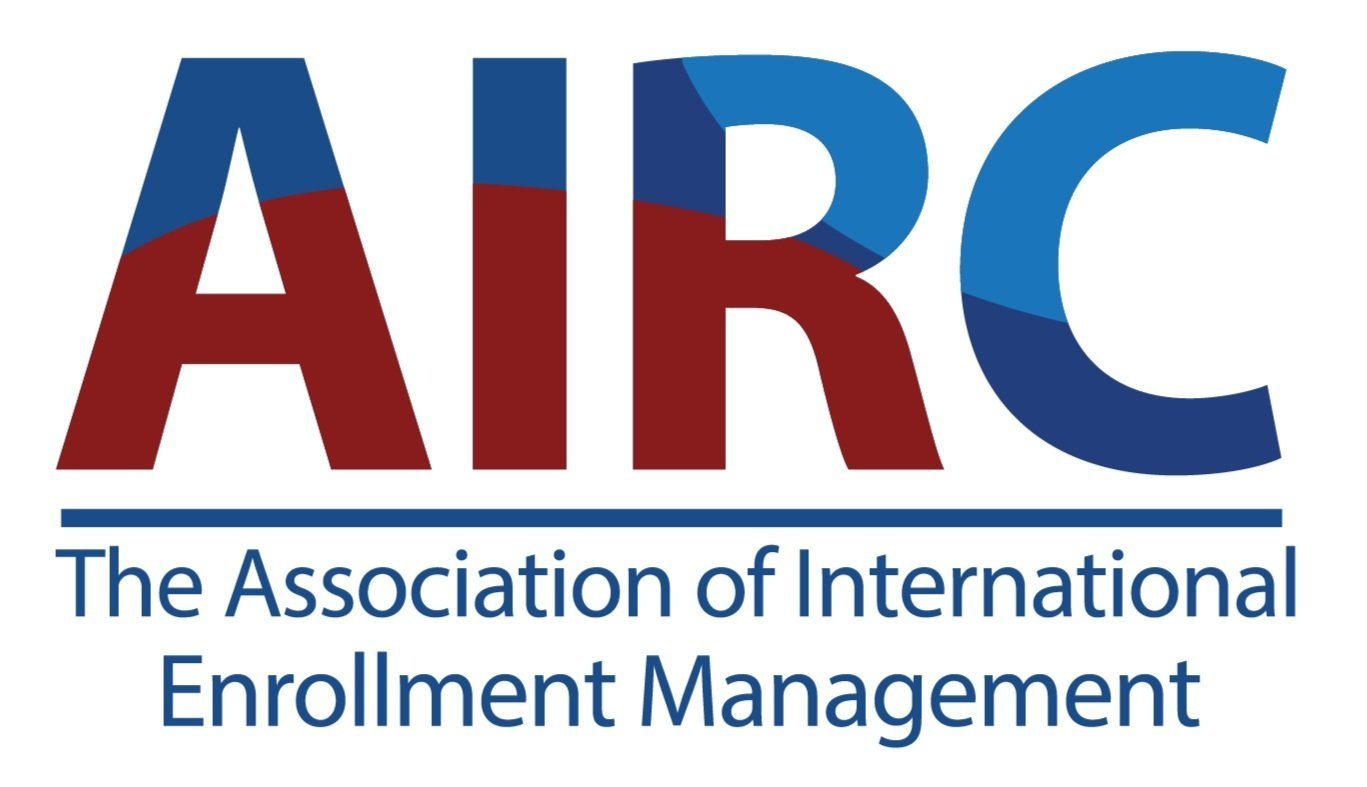Zachary Holochwost, ECE® Aid and Market Research Manager, Credential Evaluator
As credential evaluators, we are regularly asked about academic document authenticity, fake or altered documents, and verification methods. Questions arise such as: Are the documents authentic? Are they fabrications or fake? Have they been altered in any way? Do we need to verify the documents with the appropriate authorities?
The terms authentic and verified are sometimes used interchangeably. But in the world of credential evaluation, these two words can have very different meanings. Let’s dig into the distinctions between the two and what they mean to credential evaluators.
Authentic Documents
What does authenticity of an academic document really mean? Essentially, it means not false. Evaluators look at numerous transcripts, diplomas, syllabi, attestations, statements of marks, and so on every day. But how can we tell if a document is authentic, or not false?
There are countless variables to take into consideration, and it’s crucial to compare documents with past cases to match identifying safety features. Safety features on diplomas and transcripts can include:
· Microtext / Microfibers
· Watermarks
· Security threads
· Various types of reactive inks
· Foil print
· Guilloché
· Holograms
Security features make it more difficult to fabricate a document. Likewise, there are seals, stamps, signatures, and a host of other features on documents to investigate and compare.
It is essential to archive all academic documents that enter your office. By examining documents in an archive, the highly trained evaluator can determine if what was received is truly authentic and not a fabrication. However, this isn’t the end of the line for an evaluator.
After the evaluator is confident the documents are authentic, the next step is to determine if the documents have been altered. In some cases, personal information, grades, or other sensitive program information might have been changed to benefit the student. Again, keeping an archive with which to compare can be helpful in looking at components such as which fonts were used, handwriting styles, and what certain documents may have looked like for a given time period.
Verified Documents
This brings us to the verification of documents and what it means when something is truly verified. As previously mentioned, an authentic document and a verified document are two separate things. Whereas an authentic document is an original, non-fabricated document, a verified document is any document – original, photocopy, scan – that goes through a verification process with the appropriate authority to determine if the information is correct and true.
Again, fraud can occur on authentic documents through alterations, so it may be necessary to send those documents for verification. In other cases, verifying academic documents may be necessary if a student is only able to submit a photocopy or a scan of their original documents. Even if a photocopy or scan compares well with an original document, it may be more difficult to spot alterations or certain safety features. Therefore, it would be wise to verify directly with the issuing institution or other educational authority in the country of study to ensure the authenticity of the documents and the information presented.
We do acknowledge that verification can slow down the evaluation process. Thankfully, more and more online and electronic verification tools have popped up over the years. Try looking for online databases of graduates, professional license registries, third-party verification organizations, or other direct sources from universities or other authorities. If it exists, is trustworthy, and can speed up the verification process, use it!
The verification process will depend on the country, the institution, and maybe even the program itself. Check with the educational authorities, like a ministry of education, or with the school itself to see if they’ve implemented online verification tools. Each student’s situation, and oftentimes the verification process itself, will be unique.
If all else fails, send a copy of the document with a nice letter or email asking for the institution to verify the documents in question. Whether the verification comes back as a thumbs up or thumbs down on the documents, save it for future reference. Even fabricated or altered documents can assist you in your verification process.
Now you know that authentic academic documents may or may not be false and that, in some cases, verifying the documents is necessary. To summarize the differences between the two:
· Authentic means the documents are original and are not fabricated/fake
· Verified means the documents – regardless of format (original, photocopied, scanned) – have been confirmed by the appropriate authority to be true and unaltered
Should you send all documents away for verification? In a perfect world, the answer is yes. But in reality, there simply isn’t enough time to verify every document that comes into your office.
However, with a little investigative knowledge, a robust archive, helpful colleagues, and some common sense, credential evaluators can feel confident in their judgment of what constitutes an authentic academic document and if it should go through the verification process.
Ultimately, the goal is to keep the playing field fair and accurate for all stakeholders involved, especially the students who have worked so diligently in their studies.
ECE® Aid is a charitable initiative developed to provide free evaluation reports for vulnerable and displaced populations. We are committed to assisting as many people as we can through this philanthropic program. If you are interested in becoming a participant or supporter, please contact Zachary at zholochwost@ece.org.







